6 UMMA Objects
6 UMMA Objects

Yokoi Kinkoku (Japanese (culture or style))
Portrait of the Poet 'Basho'
1767 – 1832
Museum purchase made possible by the Margaret Watson Parker Art Collection Fund
1968/2.22
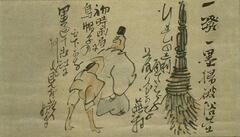
Yosa Buson (Japanese (culture or style))
Broom, Poems, and Poets
18th century
Museum purchase made possible by the Margaret Watson Parker Art Collection Fund
1969/2.24
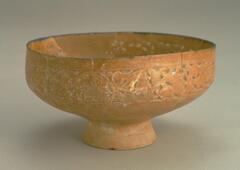
Iranian (Iranian)
Footed Bowl with openwork floral scroll design
1167 – 1232
Museum Purchase
1957/1.61
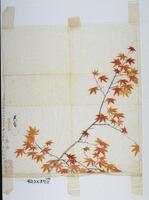
Nishiyama Kan'ei
Maple Leaves
1850 – 1899
Museum purchase made possible by the Margaret Watson Parker Art Collection Fund
1990/1.195
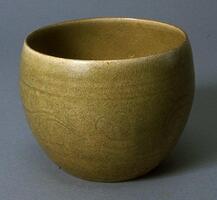
Annam;Kiln Unknown, Vietnam
Beaker with incised leaf scroll pattern
16th century
Gift of Helmut Stern
1991/1.95
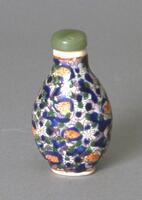
Chinese (Chinese (culture or style))
Snuff bottle with leaf scroll design
1912 – 1949
Gift of Mr. Robert W. Coggan
1980/2.99
Loading…
